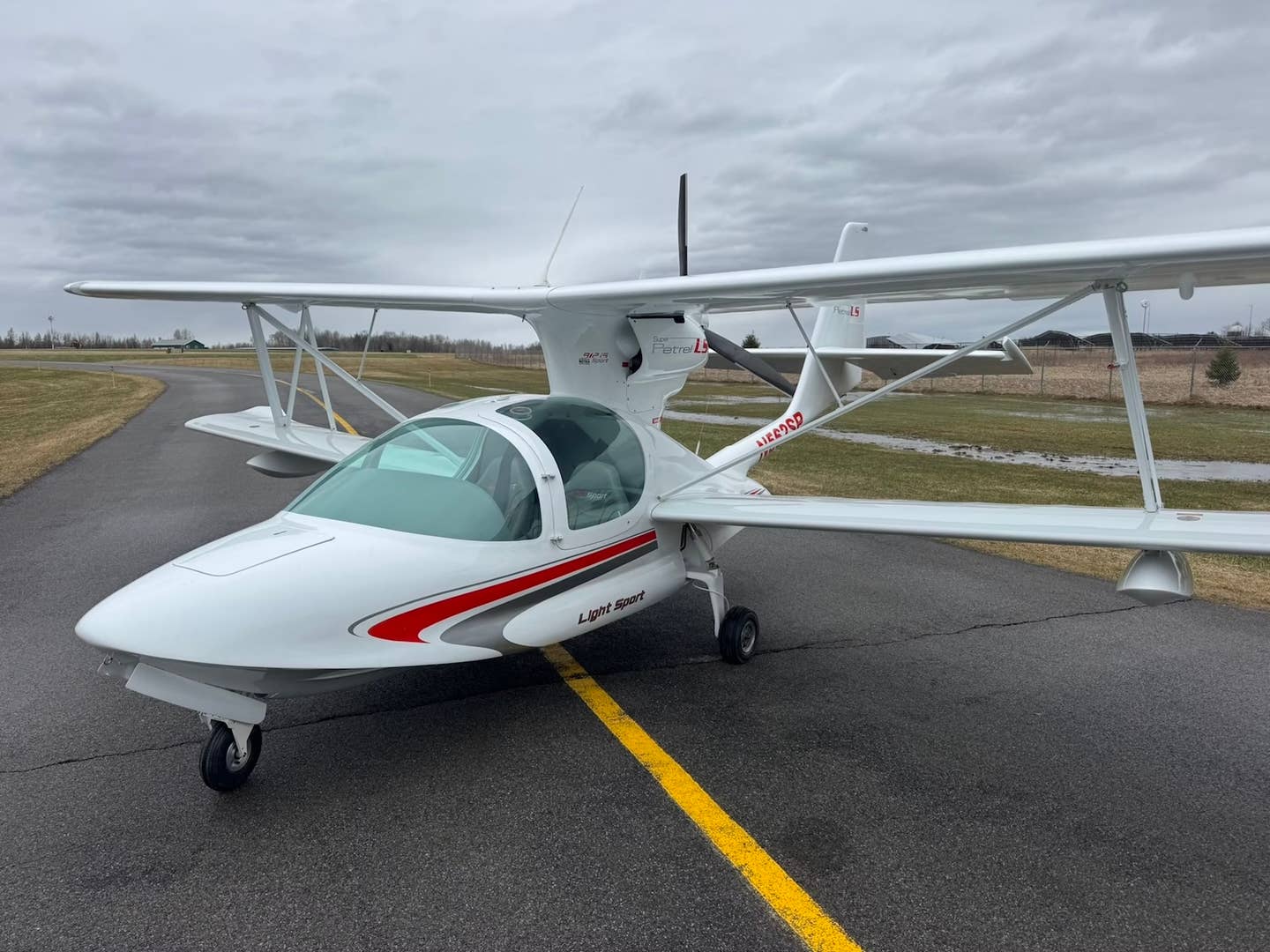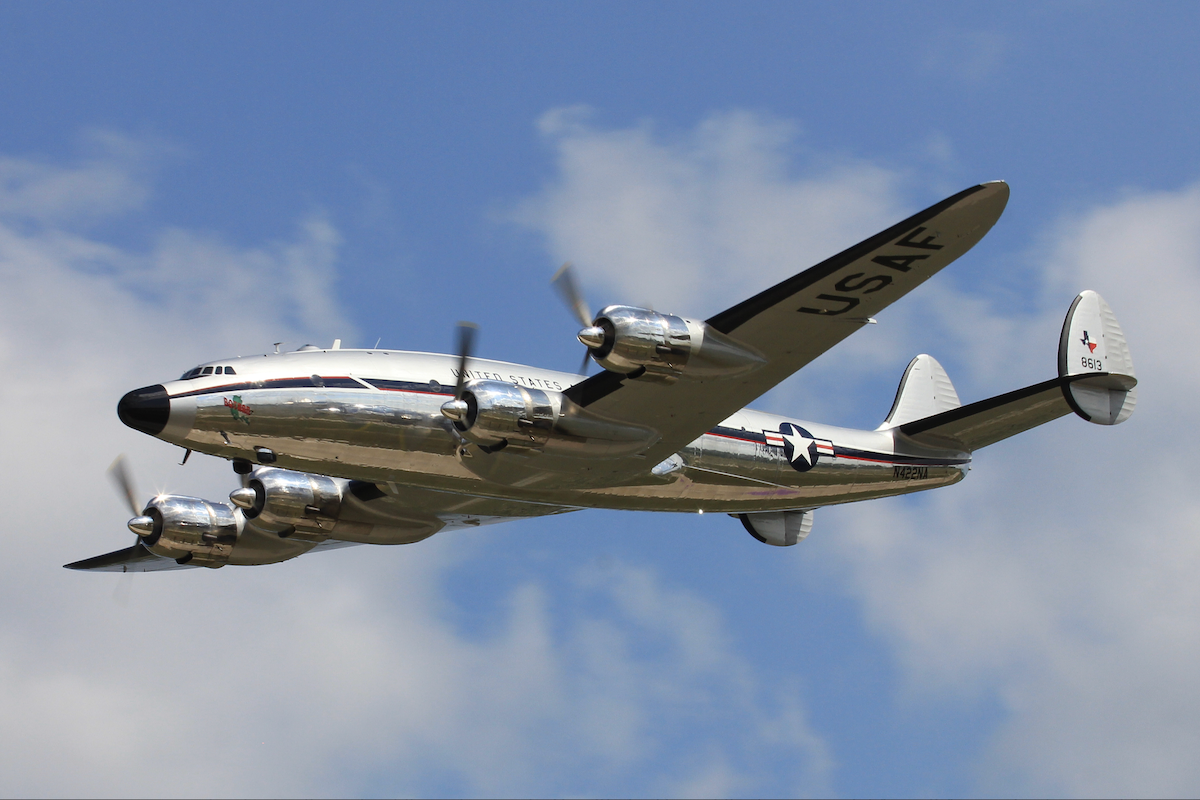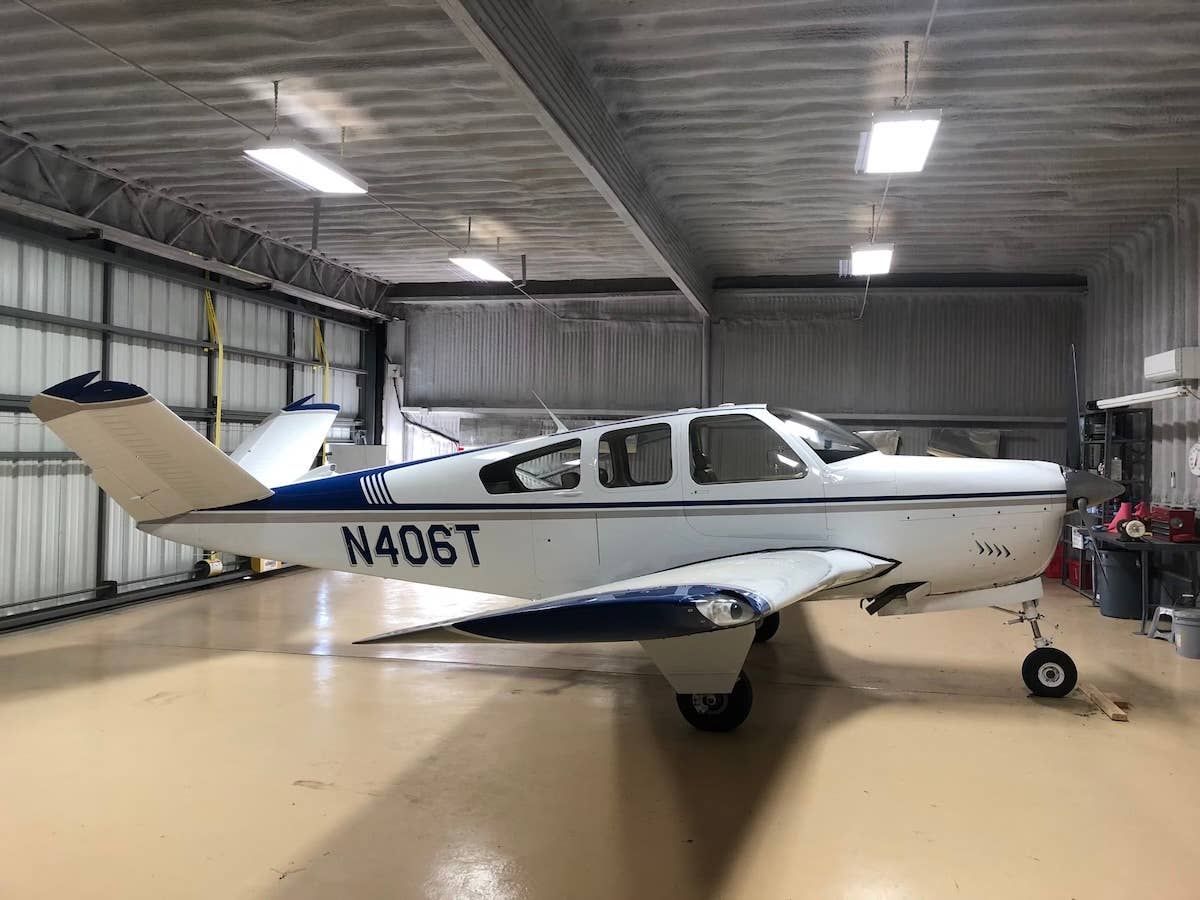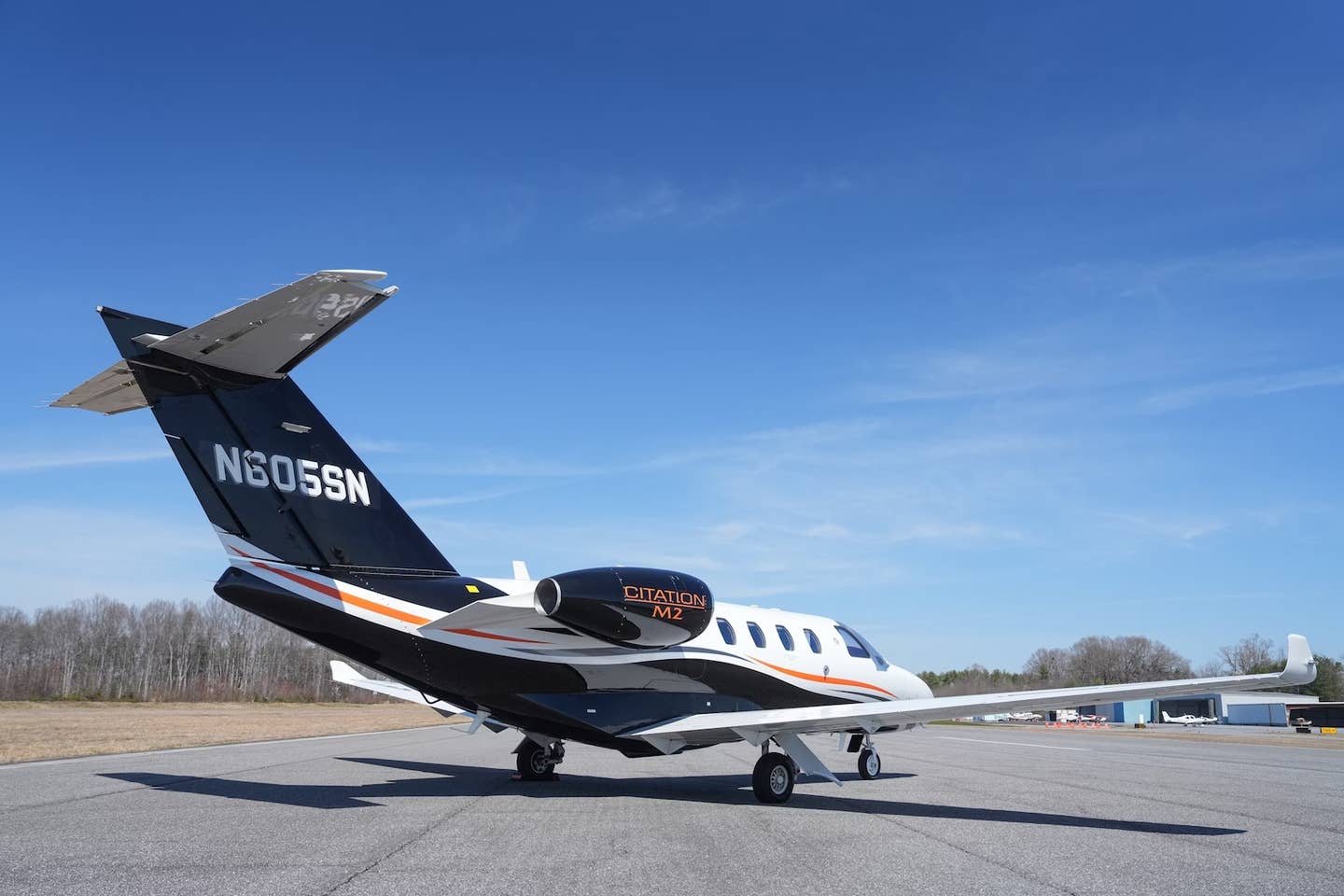
Gulfstream G250
The fact that Gulfstream was working on a new super-midsize jet was one of the worst kept secrets in business aviation. Even though most speculation got the name right -- the G250 -- almost nobody predicted correctly how totally new the airplane would be before the formal announcement at the NBAA convention in Orlando in early October.
Most expected Gulfstream to modify the G200, the super-midsize jet that was originally called the Galaxy. That airplane has been a success with its very comfortable cabin, but other than quality of interior work and service and support, it shared few of the Gulfstream family trademarks.
Instead of modifying the existing G200, Gulfstream is starting over with a new certification for the G250. Only the forward section of the fuselage will remain from the G200 and that -- the cabin -- is the part the passengers have really liked.
The new G250 vaults to the head of the super-midsize category with a long-range cruise of 3,400 nm at Mach .80, initial climb to 41,000 feet and a ceiling of 45,000 feet, and takeoff runway of under 5,000 feet. And it has a cabin size advantage over the others in the category. First flight is scheduled for the second half of 2009 with first delivery in 2011.
The really big change is the G250 wing. The G200 flies on a small first generation super-critical wing that was originally developed by Israel Aerospace Industries (IAI) for the Astra. The wingspan was stretched for the Galaxy/G200, but it is still rather small to lift such a large airplane.
The new G250 wing uses the high-speed, low-drag technology that Gulfstream perfected for the G500 series. The new G250 wing is much larger, longer and has more sweep than the previous wing. The span loading -- the distribution of actual lifting work along the wing -- is optimized to cut drag, and like other Gulfstreams, the big wing flaps retract on internal tracks so there are no big "boats" under the wing to cover flap tracks. Both the upper and lower surfaces are perfectly smooth.
The new wing provides the low-speed lift to cut more than 1,100 feet off the takeoff runway compared to the G200, but also has low enough drag that long-range cruise speed goes up from Mach .76 to Mach .80 (459 knots). The wing is so efficient that the G250 flies further at the faster speed but with less fuel capacity.
Another feature of the big new wing is that there are no fuselage fuel tanks in the G250 as in the G200. All fuel now fits in the wing and in tanks mounted ahead of, and aft of, the wing, but outside the fuselage. All fuel management is automated, and the plumbing has been improved to the point that a full load of fuel can be pumped in through the single-point system in less than 20 minutes.
The G250 has the traditional Gulfstream T-tail instead of the cruciform arrangement on the G200. The redesign of the aft fuselage that gets the fuel out, and moves the tail up, also creates room for a huge baggage compartment that, like on the big Gulfstreams, can be accessed in flight through a door in the aft bulkhead of the lavatory.
Another key to the performance improvement in the G250 are the new Honeywell HTF7250G engines rated at 7,445 pounds of thrust each. The first member of this new engine family has delivered outstanding performance on the Bombardier Challenger 300. The engines reduce noise and emissions dramatically, as well as having an "on condition" life. A full capability autothrottle system will maintain target airspeed in all phases of flight.
The G250 cabin will have what Gulfstream calls its "cabin essential" design. That means that basic systems such as lighting, communications, toilet function and water will be available after any single failure. Just as in design of basic airplane systems, redundancy and separation of key functions assures that the cabin will be a comfortable, workable space on trips that can span New York to London, or London to Dubai. Cabin headroom is 6 feet, 1 inch, and window area has been increased, including adding windows to the lavatory with its vacuum flush toilet system.
The new Rockwell Collins Fusion avionics system will be custom tailored to match Gulfstream's PlaneView cockpit, including the pistol grip-style cursor control devices that Gulfstream has developed for its big airplanes. Three big 15-inch flat glass displays dominate the panel and can show everything needed for flight and system management. A new feature are multifunction controllers in the glareshield ahead of each pilot that, as in the big Gulfstreams, control display functions but also can show standby primary flight information.
Optional avionics functions include a Collins head-up display that can show Gulfstream's enhanced infrared vision (EVS) as well as flight path guidance, and synthetic vision on the primary flight display. The HUD, which uses new, brighter LCD technology, allows the G250 to descend to a 100-foot decision height based on the EVS view of the runway.
Gulfstream has opted for a mixture of conventional and fly-by-wire flight controls for the G250. The ailerons are manually operated, the elevator has hydraulic boost, while the spoilers and rudder operated with fly by wire. The spoilers augment roll authority of the ailerons, and also function as speed brakes in the air and spoilers on landing or during a rejected takeoff.
The G250 is the first airplane in the category to have autobrakes, a feature common on larger jets. The autobrakes, in combination with the brake by wire operation, and individual wheel anti-skid protection, bring the airplane to a quicker, smoother and straighter stop than the human pilot can manage by applying varying pressure to the pedals. The autobrakes are particularly important during an aborted takeoff when full authority is needed to stop on the remaining runway.
Independent dual hydraulic systems provide the necessary redundancy, and the APU with its third generator can operate up to 40,000 feet if needed to backup the engine-driven systems.
Gulfstream launched the G250 program internally three years ago and had the wing design frozen more than two years ago. Wind tunnel testing is complete at multiple locations around the world to take advantage of the calibrated features of various facilities that test high- and low-speed behavior. The airplane passed Gulfstream's critical design review late in 2007 and work on the first production model is well under way. Spirit -- the former Boeing facility in Wichita -- is building the wing for the G250, and the new super-size G650. Other components are being manufactured by major suppliers around the world and will come together in Israel where IAI will assemble and fly the airplane. "Green" G250s will be flown to Gulfstream completion facilities in the United States for paint and interior completion to customer specifications.
The standard price of the G250 is pegged at $24 million, a little higher than for the competition, but then the airplane has more performance, range and cabin size. The company has been on a long winning streak with its new designs with each achieving the announced performance goals and schedules, and the G250 looks like it will be another hit from the leading maker of large cabin business jets.

Sign-up for newsletters & special offers!
Get the latest FLYING stories & special offers delivered directly to your inbox






